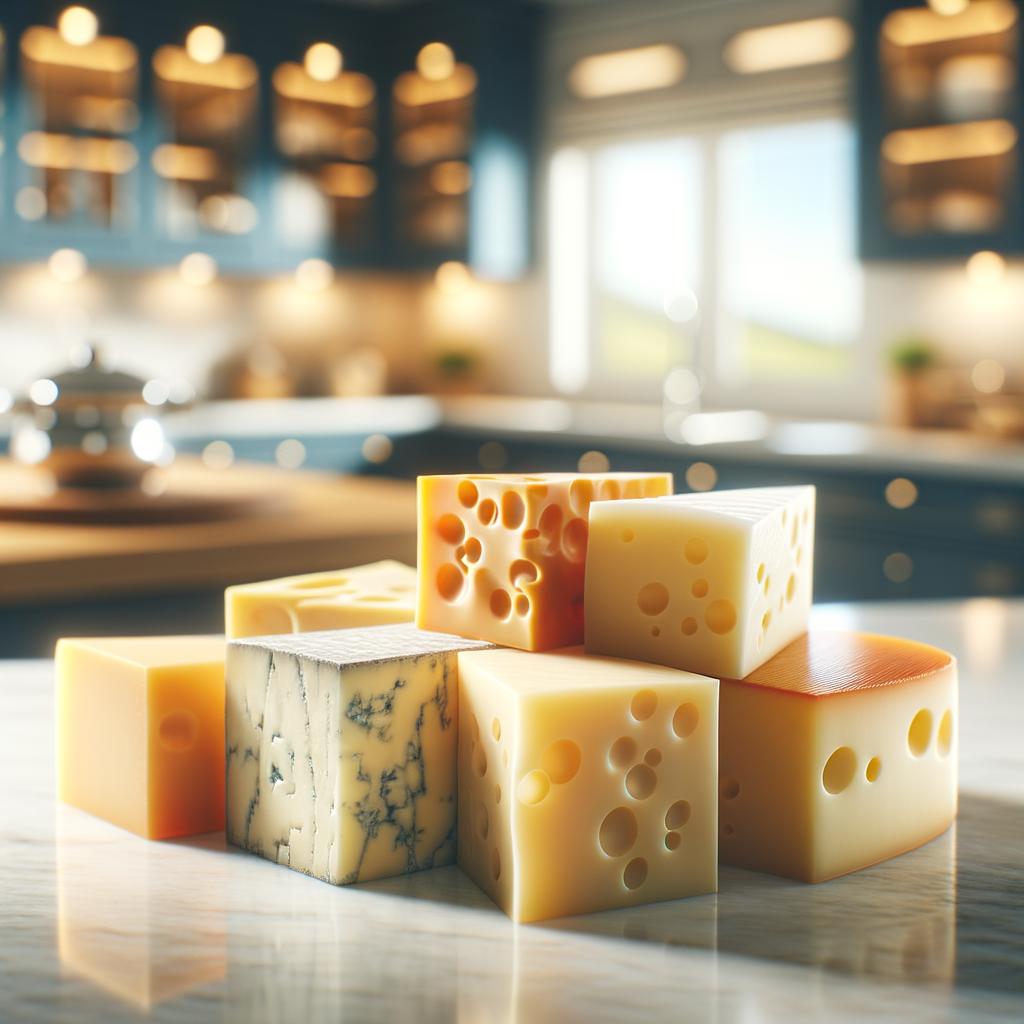Cheese Slices

Cheese Slices
Description
Cheese slices, a staple in most households, are thin pieces of cheese that are precut and packaged for convenience. They come in a variety of colors, from pale yellow to deep orange, depending on the type of cheese used and the presence of food coloring. The texture is generally smooth and creamy, but this can vary depending on the cheese type and the temperature at which it is served. The flavor profile of cheese slices can range from mild and milky to sharp and tangy. What sets cheese slices apart from block cheese is their ease of use; they are pre-portioned, making them perfect for sandwiches and quick snacks.
Primary Uses
Cheese slices are incredibly versatile in the culinary world. They are commonly used in sandwiches, burgers, and wraps, providing a creamy, flavorful component that complements a wide range of other ingredients. Cheese slices also melt easily, making them a popular choice for grilled cheese sandwiches, quesadillas, and casseroles. In addition to their culinary uses, cheese slices play a significant role in many cultural celebrations, such as picnics and barbecues, where they are often served with cold cuts and crackers.
History
The history of cheese dates back over 7,000 years, but the advent of cheese slices is a relatively recent phenomenon. Invented by Kraft Foods in the 1950s, cheese slices were initially marketed as a convenient, fast-melting option for cheeseburgers. Their popularity skyrocketed in the subsequent decades, and they have since become a staple in many households around the world. There's a charming story about the inventor of cheese slices, James L. Kraft, who started his business with a horse-drawn wagon and later revolutionized the cheese industry with his innovative ideas.
Nutritional Information
Cheese slices are a rich source of protein and calcium, both of which are essential for bone health. They also provide a good amount of vitamin A, which supports vision and immune function. However, cheese slices can be high in saturated fat and sodium, so they should be eaten in moderation as part of a balanced diet. Compared to block cheese, cheese slices typically contain less protein and calcium per serving, but they offer the same great taste and convenience. Despite their nutritional differences, both forms of cheese can be part of a healthy diet when consumed in moderation.

